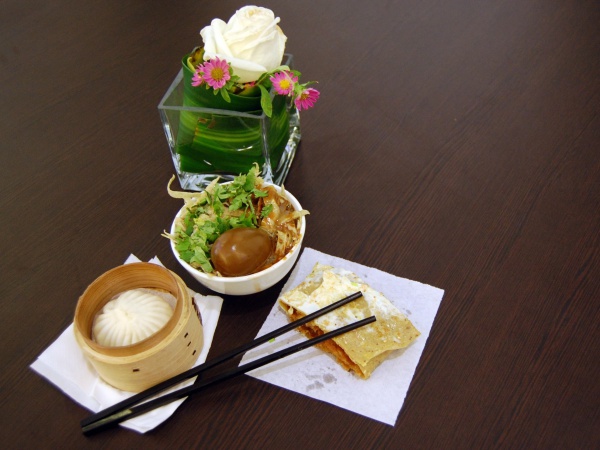Facts About Baozi
Baozi, commonly known as bao, are delicious yeast-leavened buns filled with a variety of delectable ingredients and serve as a staple in Chinese cuisine. These buns are typically steamed, resulting in a soft and fluffy texture, and are available in numerous flavors and styles. Baozi is a type of mantou, which refers to plain steamed buns originating from Northern China.
In China and Indonesia, baozi is categorized into two main types: Dàbāo (large buns) and Xiǎobāo (small buns). They can be served individually or in sets of three to ten, often accompanied by condiments such as vinegar, soy sauce, chili pastes, and oils for dipping. Baozi is a beloved dish throughout China and has spread to Southeast Asia due to Chinese immigration.
The history of baozi dates back to the Song dynasty, where filled buns began to be referred to as baozi. According to legend, the military strategist Zhuge Liang invented the filled baozi. Over time, in Mandarin, "mantou" came to denote only unfilled buns, although some Chinese dialects still use "mantou" to refer to both filled and unfilled buns.
In Chinese culture, baozi is a popular food, often enjoyed for breakfast or as a quick snack on the go. Its popularity has transcended borders, making its way into the cuisines of Malaysia, Indonesia, the Netherlands, the Philippines, Thailand, Japan, Cambodia, Vietnam, and Myanmar. Each of these countries has infused its own unique flavors and names into baozi, resulting in diverse and distinct variations.

 Mongolia
Mongolia